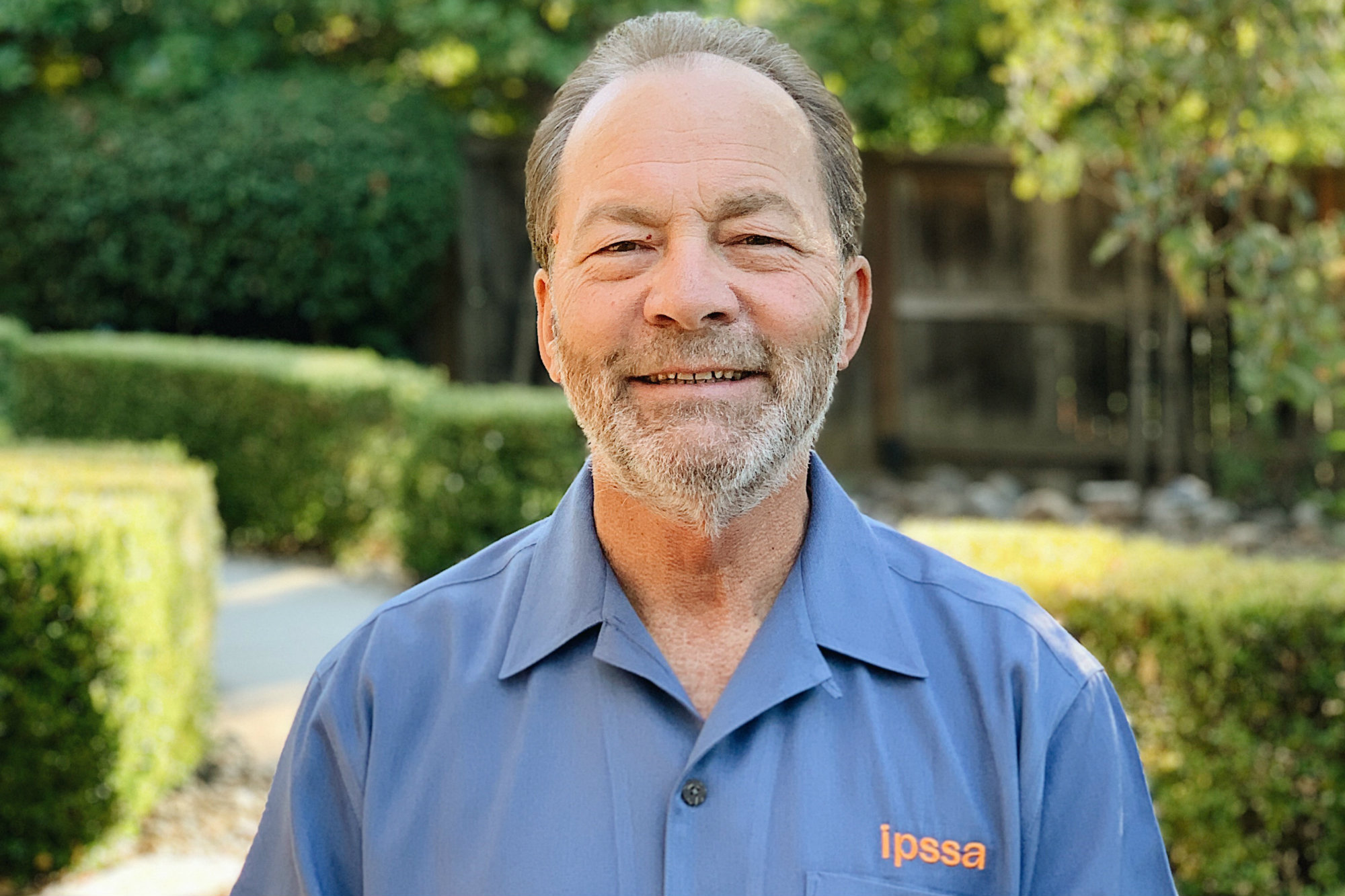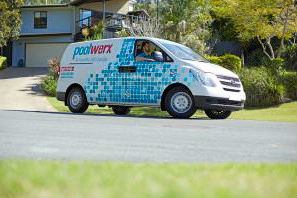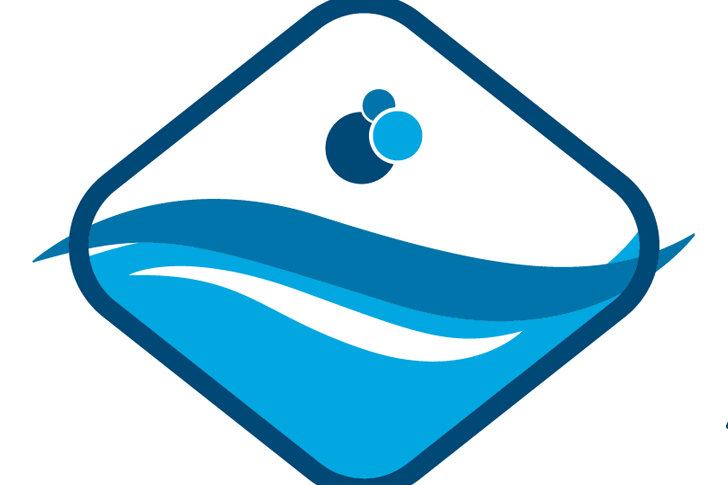The start of the season is a great time to evaluate company processes, especially as it relates to profitability.
We usually find ourselves so busy trying to get our work done that we don’t spend enough time figuring out whether we are accomplishing tasks as efficiently as we can. It is said that we all have the same amount of time — 24 hours in a day — and I believe that our profitability is a direct result of how we use that time in running our business.
I want to share some suggestions that you might want to incorporate into your daily and weekly schedules to help maintain and maximize your profits this year.
1. Minimize time on the road.
First and foremost, you want to reduce drive time to your service or repair accounts.
In most cases, you are not compensated for “windshield time,” as I call it. Many of you may not realize just how much time it takes to travel between stops. We need to be reviewing regularly the mapping of our stops during the day. If we have a service route, we need to be cognizant of traffic patterns, school schedules and any other conditions that impact our travel.
It’s time to look at your accounts and see if maybe some are out of reasonable bounds, and costing too much money to drive to and service. I look at my farthest accounts and determine the distance to the next stop. For instance, you might have a group of 80 pools within 10 minutes of your home, and then another three that are 20 or 30 minutes away. I know service technicians who drive to different cities for two or three pools. If you want to build that area, it makes sense. Otherwise you should re-evaluate it.
Somebody might say, “It’s only 10 minutes farther than an account I already have.” That’s great, but what if that client calls and says, “My heater’s broken, and I need you to fix it.” Then it’s not just 10 minutes. It may be 40 minutes from where you are — say the office or a stop on the opposite side of your territory.
I had a map with pins at one point to symbolize each client. One time I realized I would need hundreds of accounts to fill the gaps, so we started cutting back.
When you add a stop on your route that’s close, you should look at the farthest one and re-evaluate whether you want to keep it. So you might bring one on and take one off — and you’re shaving off windshield time.
You’re saving both time and energy. And if the loss of that account frees up an hour a day, you might be able to add two new pools to your route, in place of the one. If you could give up one job that’s far away, then add two closer ones, you can make twice the revenue.
There are several options for automating the routing process that you might consider as well. For those accounts on the fringe of your coverage, you may want to consider charging more to provide the service you are performing. Minimize your time in the seat of your vehicle.
2. Manage distribution visits.
Another area commonly ignored is the amount of time spent in the wholesale houses — waiting to order, for parts to be pulled, and/or to check out.
With the availability of online ordering through distributors, we should be trying to order the parts we need in the morning before we leave for the field. Then, everything is ready for us at will-call.
I know that spending time at your distributor often allows you to visit with other techs, which is valuable. But we can sometimes get strangled in a conversation that reduces productive service or repair time.
3. Watch costs.
Speaking of distribution, I am amazed at how many technicians pay no attention to the cost of goods they are using or selling.
I always make sure I check my invoices and that I am aware of the cost of chemicals and specialty items that I charge my clients for, so I am making a profit on those products. When I am preparing an estimate, I will always confirm pricing of equipment so my margins are maintained.
You also should check for any errors in terms of quantity as well as making sure that you were charged for the right products.
As a plug for distribution, if you are undercharged or they miss something you received, please let them know. They operate on far lower margins than most of us do and you will make a great friend with your distributor if you point out a mistake in their favor.
4. Effectively stock your trucks.
Vehicle inventory should always include items commonly needed on your route.
I know space is usually limited in our vehicles, but driving to a distribution house to pick up a basket or cleaner bag that needs to be replaced is a big time waster. In my area, many of the pools have robotic cleaners with booster pumps, so we do not leave our office without one or two bags for our most commonly used cleaners. Then we will probably have a couple sweeper hoses.
Are you going to drive all the way to the distributor to get that bag? What a time waster! But are you going to wait a week to replace that part? When you get there the next week you’ll have to spend more time cleaning the pool. What if the pump basket’s split? Are you going to put the basket back in and hope no leaves get through and plug the impeller?
You should have commonly used baskets in your vehicle.
It’s true that we can’t carry a semi behind us, but you can’t pack your truck with some chlorine and acid and think you’re covered.
To figure out what to stock on the truck, familiarize yourself with your pools, what kind of equipment they have, and what the probability is of replacing parts such as bags or baskets.
The cost of picking up that part seriously impacts your profitability. Seek a balance between space in your vehicle and need in terms of parts you carry.
5. Purchase strategically.
While not all of us have a warehouse to store a lot of inventory for the season, there are some deals to be had if you do.
Early buy offers can sometimes be negotiated with distributors for bulk purchases at discounts based on quantity of order. This requires budgeting for these types of arrangements, but can significantly increase profit margins. It may also help you avoid distribution inventory issues during the season for common parts or equipment that you install.
Take some time to determine approximately how much product you will use in the season. In winter, it’s a good rule of thumb to go through the previous year’s invoices and calculate how much product you used. How many pounds of tablets? Sometimes distributors can look back at their records and tell you how much you purchased in a year. Are you on track with the previous year — or do you expect more customers? Base your order on those projections.
Then find out how much you can save through early buys or bulk buys, if you were to purchase everything in one fell swoop. You probably bought more product than you realize, which would put you in a better bargaining position.
Of course, the other part of the equation is: Do you have a legal place to warehouse all that product? If you put 5,000 pounds of tabs on the side of your house, somebody’s going to know it’s not for personal use. If you don’t have the space, see if the distributor is willing to let you take the product a little at a time, as long as you make the purchasing commitment upfront. Distributors get volume deals, too, so if they know you’re going to buy plenty of product, that helps them as well.
Combining your order with those of other companies may allow you to reach the numbers you need for savings and not have to bear the burden of warehousing the entire order.
6. Check manufacturers for specials.
Manufacturers are another good source of money-saving offers.
Many of them offer “try me” specials for equipment that allow for purchase of whole goods at a significant discount. They’re giving you a special so that you’ll try the product and, if you like it, buy more later. But it’s also a chance to pick up one product at a marked down rate and make a high profit margin on that unit. This reduces your cost and increases your profit margin when sold to your clients. If you don’t hear of any, ask your manufacturer’s sales rep, and they will assist you.
7. Regularly review expenses.
Making sure you consistently review all of your monthly expenses can be a money-saver as well.
Services such as cell phones, internet and vehicle insurance are some of the items so many of us just pay year after year without checking to see if there are less expensive alternatives. The providers of these services should all be contacted periodically for any new discounts or cheaper rate plans. Many times you will find just asking will result in a rate reduction.
These are just some areas we can explore to increase profitability. Continue to be diligent when looking at your expenses, and you will find your profit increasing many times with no increase in revenue.



